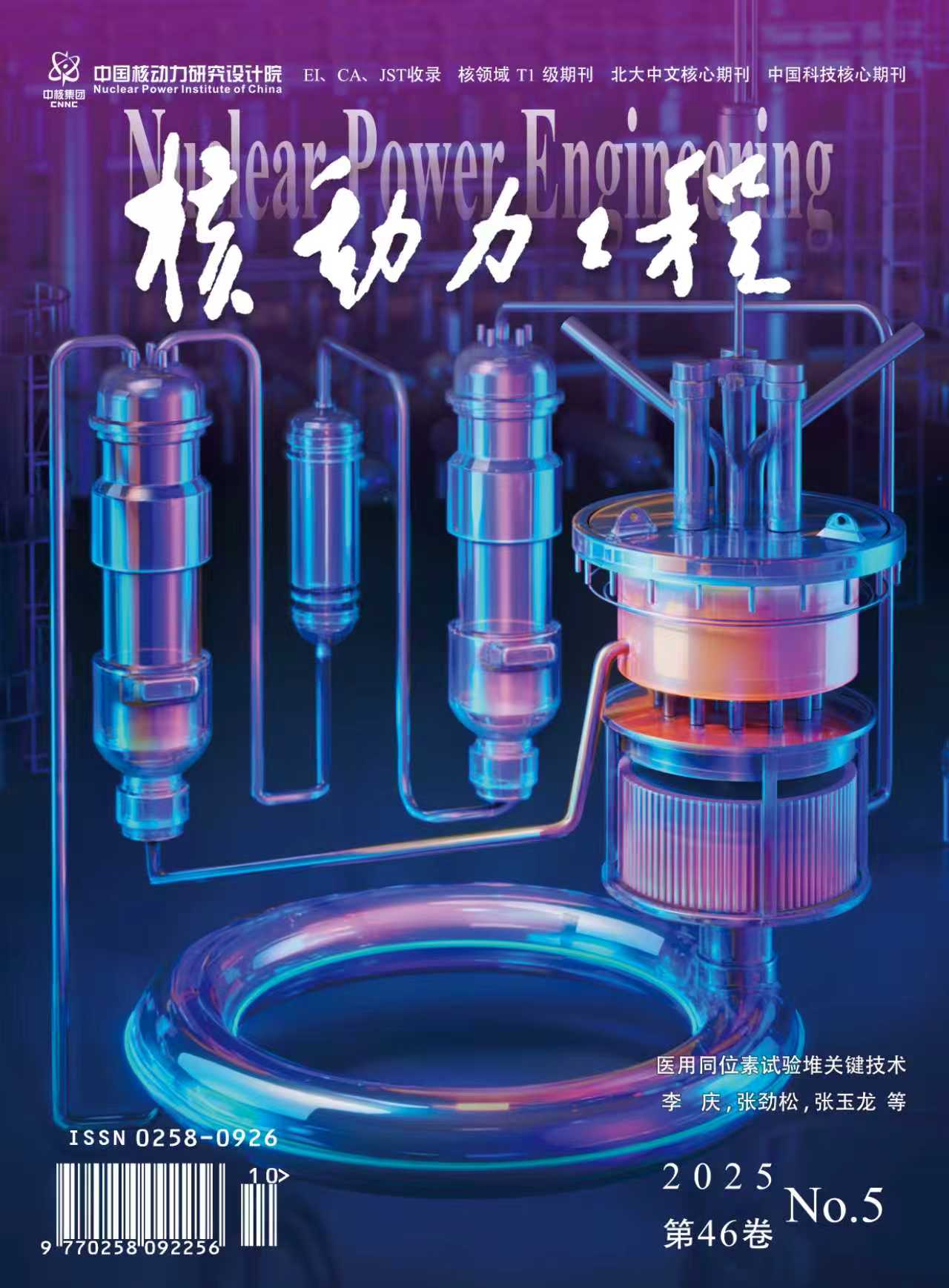2005 Vol. 26, No. 3
Display Method:
2005, 26(3): 209-213,218.
Abstract:
2005, 26(3): 214-218.
Abstract:
2005, 26(3): 219-223.
Abstract:
2005, 26(3): 224-227,232.
Abstract:
Investigation on Frictional Pressure Drop of Steam-Water Two-Phase Flow in an Internally Ribbed Tube
2005, 26(3): 228-232.
Abstract:
2005, 26(3): 233-236.
Abstract:
2005, 26(3): 237-241.
Abstract:
2005, 26(3): 242-248,267.
Abstract:
2005, 26(3): 249-253,287.
Abstract:
2005, 26(3): 254-258.
Abstract:
2005, 26(3): 259-263.
Abstract:
2005, 26(3): 264-267.
Abstract:
2005, 26(3): 268-271.
Abstract:
2005, 26(3): 272-276.
Abstract:
2005, 26(3): 277-279,296.
Abstract:
2005, 26(3): 280-283,290.
Abstract:
2005, 26(3): 284-287.
Abstract:
2005, 26(3): 288-290.
Abstract:
2005, 26(3): 291-296.
Abstract:
2005, 26(3): 297-300,304.
Abstract:
2005, 26(3): 301-304.
Abstract:



